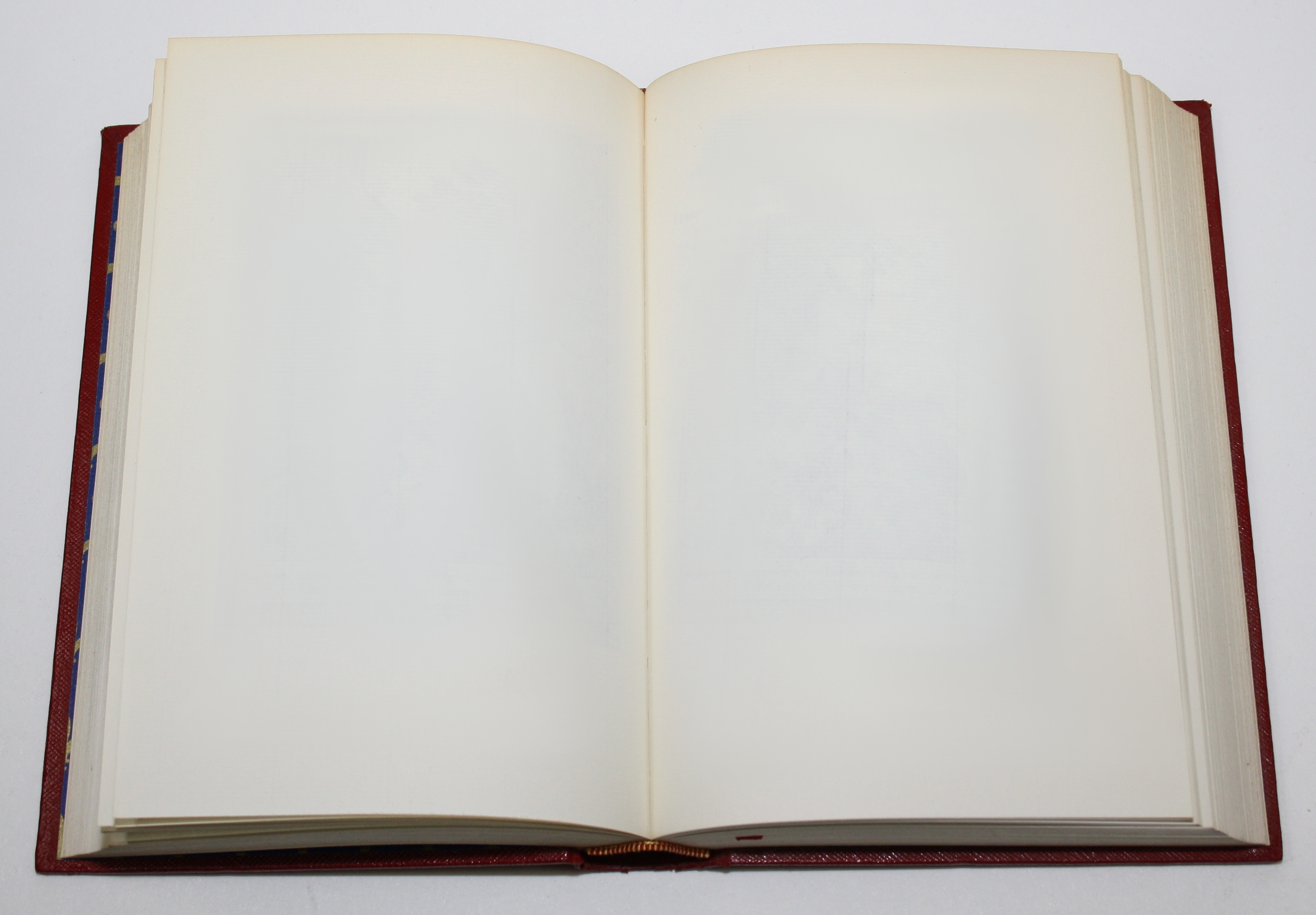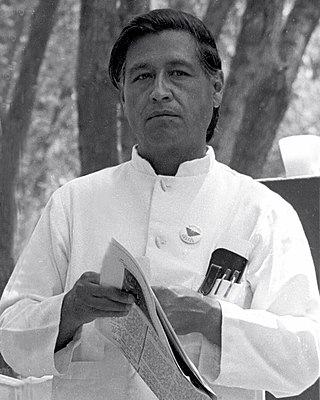
This is what it looked like.
After a meeting with my professor, I finally decided what my survey was going to look like, and what kind of responses I was trying to get. So here are the actual questions, with some explanations as well.
1) What is your class/year?
– Always start with the easy questions! I also wanted to see if there were correlations between how long students have been here and their knowledge of campus programs.
2) What is your gender?
– Another simple question that everyone will answer.
3) What are your majors (and minors)?
– I wanted to see if what people studied tied into the programs they were involved in.
4) Which of these centers do you know about? – Options were: Ignatian Center for Jesuit Education, Markkula Center for Applied Ethics, and Miller Center for Social Entrepreneurship.
– This is where my real questions start. These three are the “centers of distinction” assigned by the school. To start off, I wanted to see if the students new these in the first place.
5) Which out of the three is the most important/relevant to you?
– By narrowing down the answer to one from the previous question, I looked to see if people had a strong preference to programs or just knew the name of them, since most students should know the centers’ existence through just being on campus.
6) Which out of these terms is the most important to you? – Options were: Ethical action, Engaged Learning, Poverty, Faith and Justice, Community and Diversity
– Core question. Three out of these five terms are taken from the mission statement of the three centers I asked of. And the two are taken from SCU’s mission statement and the RLC homapage. Could you guess which one is which? I wanted if students actually were interested in the programs they shared their philosophies with, or if there is a disconnect.
7) How relevant is the program you selected to you (on a scale from 1 to 5) and how has it impacted you?
– This one is pretty straightforward again, evaluating how engaged students actually are.

SCU’s dining hall and student union. The banner on the window is actually advertising the Ignatian Center (I know it’s a little too small to read…)
Overall, I wanted to see what these centers on campus represented for students. What do they mean? Are they involved? Are they impacting students? Are students utilizing the centers which align with their interests? Through the survey I tried to answer all of these questions. Next blog, I will talk about the results! Until then…
















